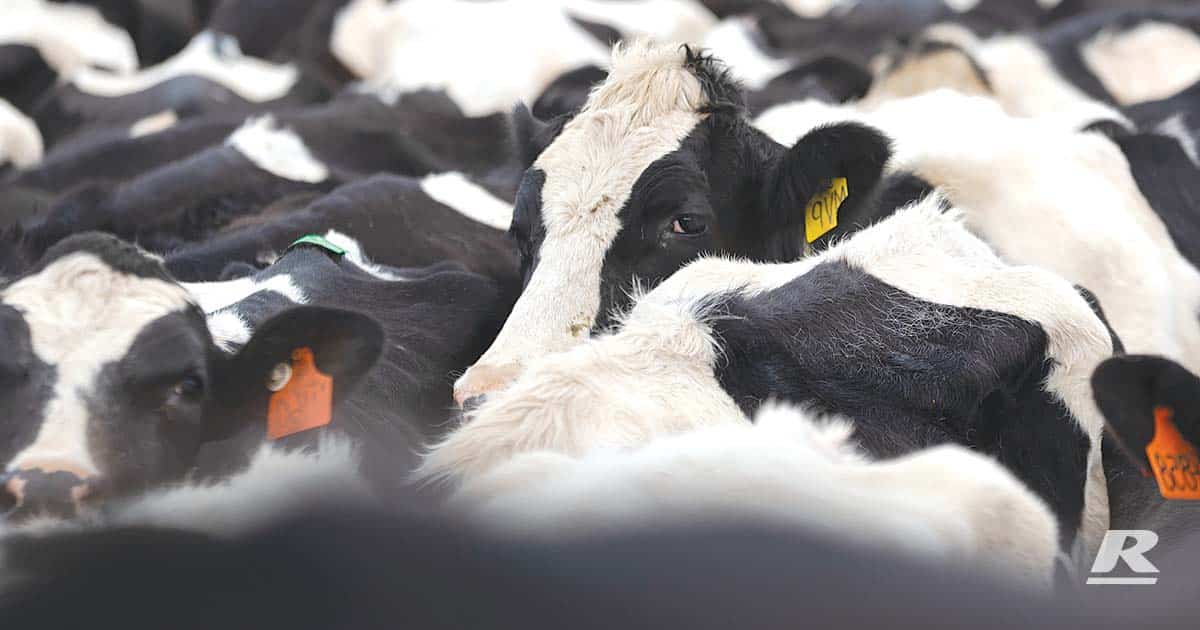The Vital Role of Fibre in Dairy Rations and Rumen Health
Fibre is a critical component of dairy cow rations, playing a pivotal role in maintaining rumen health and overall productivity. As dairy farmers strive for optimal milk production and cow wellbeing, understanding the importance of fibre can address common challenges associated with rumen function. How can we ensure our dairy cows receive the right fibre to promote health and productivity?
The rumen, a complex fermentation chamber in dairy cows, relies on a balanced diet rich in fibre to support microbial populations responsible for digestion. Historically, dairy rations have evolved, with a shift towards higher-energy feeds, often at the expense of fibre. This has led to various health issues, including acidosis and reduced milk yield, making it imperative for farmers to prioritize fibre in their feeding strategies.
The importance of fibre cannot be overstated. It promotes proper rumination, increases saliva production (which buffers stomach acidity), and maintains healthy gut motility. As the dairy industry faces challenges such as fluctuating feed costs and heightened consumer demand for high-quality milk, ensuring adequate Fibre intake becomes essential for both economic viability and animal welfare.
How Fibre Works in Rumen Health
- Promotes Rumination: fibre stimulates chewing, which produces saliva rich in bicarbonate. This saliva neutralizes excess acid in the rumen, preventing conditions like ruminal acidosis
- Microbial Fermentation: The rumen contains billions of microorganisms that ferment Fibre, producing volatile fatty acids (VFAs) vital for energy. Studies indicate that diets with at least 25% fibre can enhance VFA production, boosting milk yield (Hof et al., 2020).
- Rumen pH Stability: Adequate fibre helps maintain a stable rumen pH. Research shows that cows consuming sufficient Fibre have a rumen pH above 6.0, crucial for optimal microbial function (Krause & Oetzel, 2006).
- Weight Management: fibre-rich diets support a healthy body condition. Excessive energy without adequate fibre can lead to obesity and metabolic disorders, impacting milk production.
Farmers can improve dairy cow health by incorporating high-fibre forages like Lucerne, Vetch, wheat straw, or whole cottonseed into their rations.
Here are some practical tips:
- Monitor Fibre Content: Regularly test forages for neutral detergent fibre (NDF) and aim for a balance of 25-35% NDF in total diets.
- Utilize High-Fibre By-products: Consider including by-products such as soybean hulls or distillers grains, which can enhance fibre intake without drastically increasing costs.
- Adjust Feeding Practices: Ensure cows have continuous access to high-fibre feed, promoting consistent rumination and minimising stress.
In Reid Stockfeeds we offers innovative solutions to help farmers maximise the effectiveness of fibre in their rations. Their specialised additives enhance fibre digestibility and promote optimal rumen function, making them an invaluable resource for dairy producers. By incorporating these additives into total mixed rations (TMR) or Dairy Mix, farmers can improve nutrient absorption and milk production while maintaining rumen health. For more information on improving your dairy ration, visit Reid Stockfeeds or contact them for personalised advice.
References and Further Reading
Hof, G., et al. (2020). “Nutritional strategies for managing dairy cow health.” Journal of Dairy Science.
Krause, K. M., & Oetzel, G. R. (2006). “Understanding and preventing subacute ruminal acidosis in dairy herds: a review.” Veterinary Clinics of North America: Food Animal Practice.
For more information read our induction checklists or speak to our experts on 1300 REID FEED or enquire here >
Author
Claudio Diaz
Sales and Nutrition Account Manager
